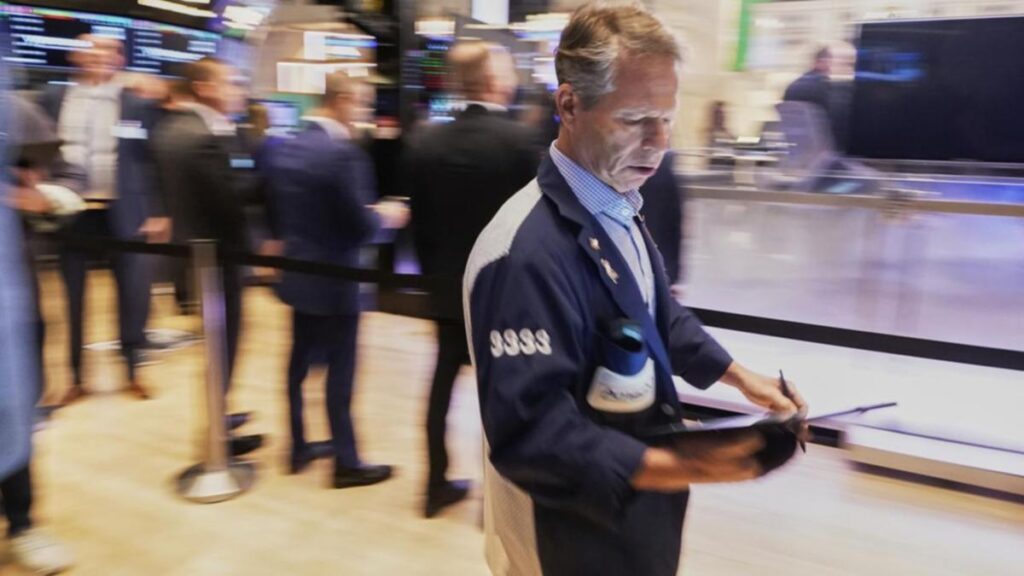The S&P 500 and Dow have made small gains in a volatile trading environment as investors prepared for a week filled with important economic reports and earnings from major Wall Street firms, while US trade policy updates remain a key focus.
On Monday, investors closely monitored company earnings and comments from executives for clues about how US President Donald Trump’s new tariffs might shape their future outlook.
The attention will be on the “Magnificent Seven” tech giants, such as Apple and Meta Platforms, as 180 S&P 500 companies gear up to release their earnings this week.
Phil Blancato, CEO of Ladenburg Thalmann Asset Management, noted that major tech firms may continue to exceed earnings expectations since they are less affected by tariffs.
“Are people really going to avoid using Microsoft’s operating system because of a tariff? That’s quite unlikely,” he remarked.
So far, the earnings season appears to be optimistic, with expectations for S&P 500 earnings projected to rise by 9.7 percent in the first quarter compared to last year, according to LSEG IBES.
During early trading on Monday, the Dow Jones Industrial Average climbed 242.03 points, or 0.60 percent, to reach 40,355.53, while the S&P 500 added 10.25 points, or 0.19 percent, to hit 5,535.46. The Nasdaq Composite fell 18.67 points, or 0.11 percent, to 17,364.27.
Both the S&P 500 and the Nasdaq traded at their highest points since April 2.
The Dow was boosted by a rise in Boeing shares after Bernstein upgraded its rating, while a 2 percent drop in Nvidia pressured the Nasdaq.
Reports indicated that Huawei Technologies in China is looking to test an AI processor that aims to replace some of Nvidia’s products.
Numerous companies have mentioned the uncertainty stemming from shifts in the US administration’s trade policies, leading some to reduce or retract their annual projections.
Last week, signs of a potential de-escalation in trade tensions between the US and China sparked some optimism in the markets, as all three major indexes recorded weekly gains, with the small-cap Russell 2000 posting its strongest week since November.
However, conflicting statements from Beijing and Trump regarding negotiations kept uncertainty high.
“The market really continues to play this guessing game about what’s next for President Trump and trade talks,” Blancato stated.
Important economic data, including monthly US payroll figures and the personal consumption expenditures price index, is also on the schedule.
Since the presidential elections in November, the S&P 500 has dropped more than four percent and is down about 10 percent from its record high in February as markets evaluate the potential effects of tariffs.
A majority of economists surveyed by Reuters indicated that there is a significant risk of the global economy slipping into recession this year.
Shares of Opera, a web browser company, surged 8.6 percent after it raised its annual revenue forecast.
Spirit AeroSystems shares gained 2.7 percent following Airbus’s agreement to take over some of its plants.
On the NYSE, advancing stocks outnumbered declining ones by a ratio of 2.24 to 1, and on the Nasdaq, the ratio was 1.68 to 1.
The S&P 500 recorded 3 new 52-week highs and experienced no lows, while the Nasdaq Composite marked 19 new highs and 12 new lows.


